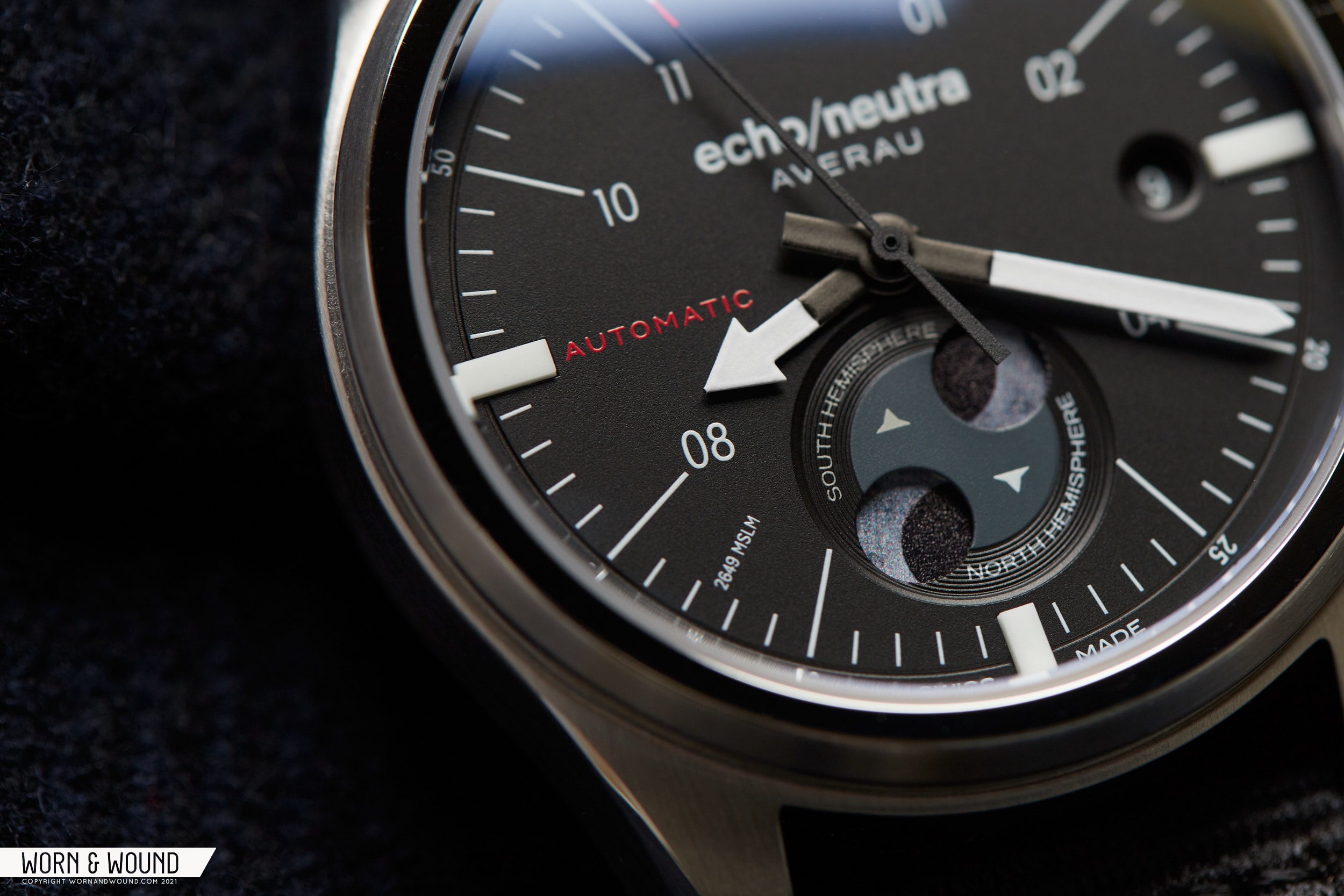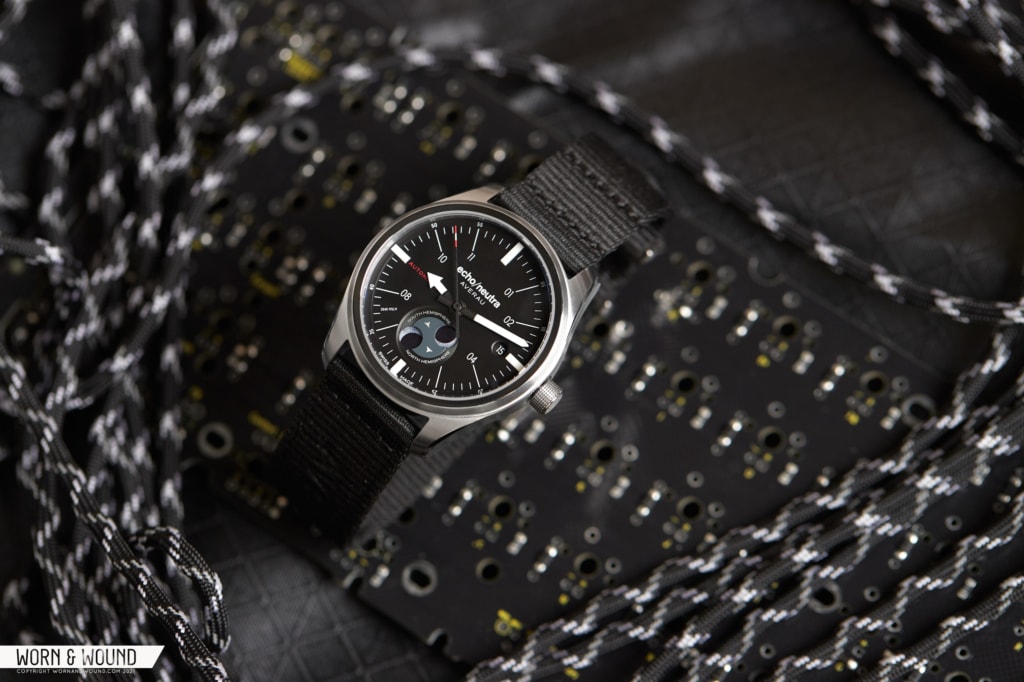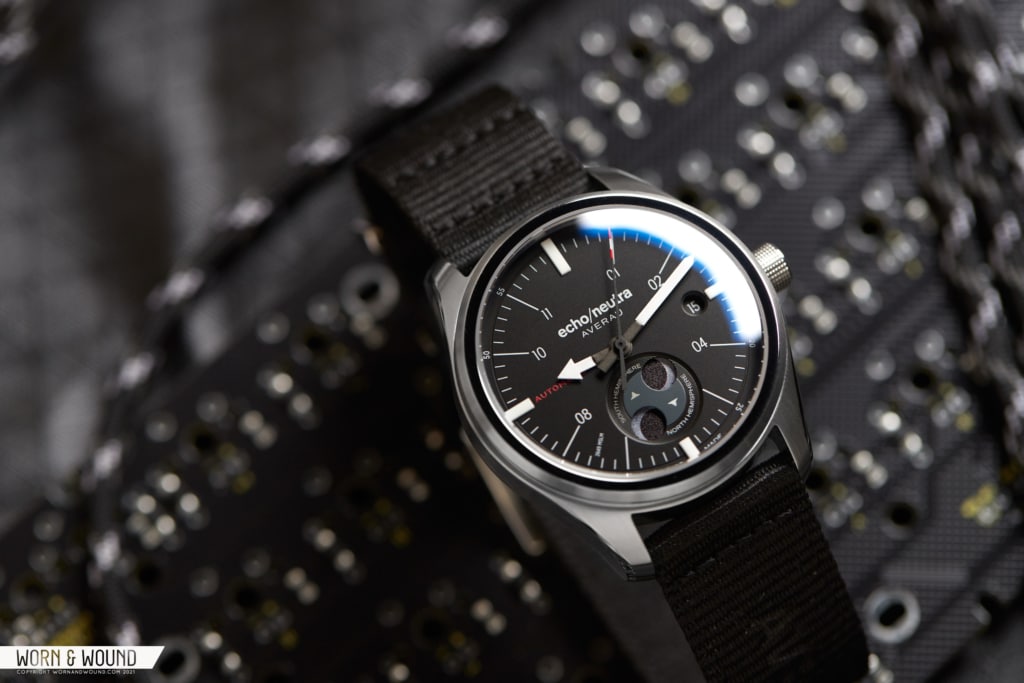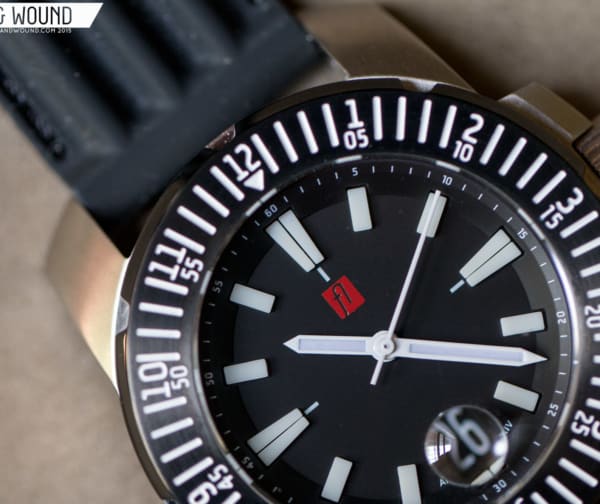What does a watch need? In its simplest form, perhaps just an hour hand from which you can determine the minutes to a relative accuracy, as one-handed watches have proven, but typically, a simple watch features three hands. Anything else is what we refer to as a complication. That word says a lot. There are many times in life when a “complication” is a bad thing. Medical scenarios of course come to mind (if you were to search all of the scripts for ER or House, how many times would “there’s been a complication” have been said?). It’s a word that implies difficulty, a problem, perhaps even distraction.
Of course, in watches, the implications aren’t negative, but they do mean, or at least indicate, that a watch is beyond its simplest form. There are times when complications are quite useful, like a day/date indicator on those hazy mornings when you forget if it’s Wednesday or Thursday, GMTs when traveling, and times when they are less so. I’m a huge chronograph fan but the amount of times I’ve truly needed a chronograph is quite few. Yet, they do come up (usually in the kitchen).
With that said, there is a complication that is fairly common, generally speaking, that really serves little purpose beyond adding complexity to a dial in our modern lives: the moon phase. I’ve literally never made a decision based on the phase of the moon, nor needed to know its phase. If I did, I’d look up at night. Perhaps that makes me the odd one, but I doubt it. Sure, the moon affects tides, etc, but should you be a surfer or a sailor (or, likely, one of many other types of people for whom the tides matter) I imagine you have tools that are more exact and reliable than a smiling circle traversing a tiny section of a watch dial.
No, the moon phase is really more poetic than that. It’s functional, yes, powered by gears performing a calculation (the lunar cycle is 29 days, 12 hours, 44 minutes, and 2.8 seconds, so it’s not simply linked to the date, for example), but our appreciation for it is one of wonder. On your watch is an indicator tracking a celestial body. Our closest neighbor in the universe (which, last I checked, is really big) with your watch you can know, well, not where it is in the sky, but how it will appear. It’s a functional decoration. It takes you out of the rigid system of hours, minutes, and seconds, and lets you ponder something larger, if only for a moment.
As you’re likely aware, moon phases tend to be a semi-ornate affair. Typically consisting of little golden circles on blue surfaces studded with five-pointed stars (why are they always five-pointed? Are they stickers for good behavior?), they peek out from behind peculiarly shaped windows, which create the shadow effect. They look great on dressier watches, reminding us that watches aren’t all about toughness and durability, but odd elsewhere. This, finally, brings me to the watch I’m here to talk about, the echo/neutra Averau 39 Moon Phase.
A mouthful of a name for sure, but this watch, when first announced caught my eye. Averau did something very few do successfully – design a moon phase for a sports watch. And not just that, but do so at an affordable price. Now, admittedly, they aren’t the first to do the former, and their execution does seem to draw from perhaps one of the greatest watches (in scale as well as function) featuring a moon phase, the IWC Big Pilot Perpetual, but the watch overall is its own thing. A hybrid of sporty elements that don’t quite resemble anything else, but also feel familiar. With a 39mm case, a Sellita SW280 elaboré beating within, Swiss-made on the dial (if that matters to you), and a starting price tag of $840 the Echo/Neutra Averau 39 Moon Phase is clearly a compelling watch worthy of a deeper look. So, let’s get to it.









 Featured Videos
Featured Videos


















